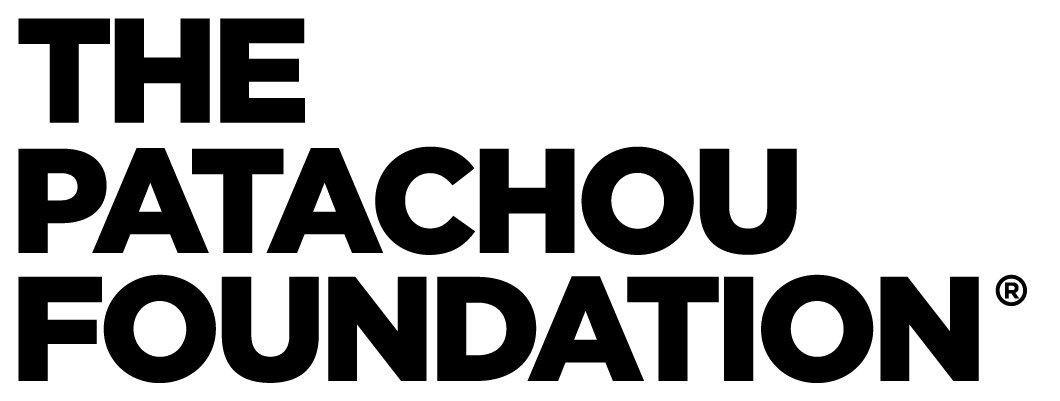Breaking Down the Hunger Relief System: Part 1
by Matthew Feltrop, Executive Director of The Patachou Foundation
I recently read this article in the Wall Street Journal that says exactly what has been apparent for a while: the economic fallout from COVID-19 is only deepening the inequities in the United States.
Every day, I see it in the “disconnect of a stock market and household wealth near record highs, while lines stretch at food banks and applications for jobless benefits continue to grow.” WSJ
When a crisis like this hits, families often rely on a safety net of government programs that is rarely considered until they are needed.
Photo by Kimberly Fowler on Unsplash
Especially now, it’s critical to understand how our systems work so that our city can reimagine an equitable future where the needs of our citizens are met by a responsive system.
To be clear, this work cannot be limited to the not-for-profit sector alone. The truth is, over 90% of food assistance in Marion County comes from the state and the federal government. Nonprofit organizations and community-based work simply cannot respond at the same scale that government programs must do to address the needs of our neighbors who aren’t a part of the “recovery”.
At The Patachou Foundation, we recognize that hunger is a symptom of poverty. Often though, hunger is seen as if it is a monolith: that everyone experiences it the same way. But in reality, we know that hunger relief must be addressed when an acute need arises and when families experience chronic food insecurity. Our food-relief systems must be responsive to that reality, and also include the ultimate goal of reducing the root cause of hunger: poverty.
Food security assistance is delivered through many different governmental and nonprofit programs. In this series of blog posts, we’ll explore how this food assistance works.
While it should be recognized that these programs are extremely effective at delivering assistance, we recognize the largest flaw in both public and charitable food assistance: they do little to nothing to fix the systemic issues that keep individuals in poverty, on a pathway to food security. I’ll address this concern, perhaps the most important one of all, at the end of our series.
SNAP (sometimes known as food stamps) delivers supplemental buying power to families that is responsive to their economic realities. SNAP sometimes gets misconstrued as an indicator of an unnecessary welfare state, but that couldn’t be further from the truth.
SNAP is designed to increase in times of need, and decrease when the economy is doing well. So, when there are many folks on the rolls, SNAP is doing its job and our economy is not.
SNAP is also a supplemental benefit, meaning that it doesn’t provide enough to meet the entire nutritional needs of an individual, in fact, it only provides a maximum of about $4 per day, and often that benefit is reduced based on family economic factors (for a short time during COVID-19, all families are receiving the maximum benefit in Indiana).
SNAP is a program outlined in the Farm Bill and is a subsidy of American agriculture. In Indiana, Family and Social Services Administration (FSSA) administers SNAP.
During the COVID-19 crisis, Congress moved quickly to increase the benefits that SNAP paid to families through a secondary program called Pandemic EBT (P-EBT). Because kids were at home instead of at school, families with children who qualify for Free / Reduced Lunch (more on that program later) were given the equivalent dollar amount for school meals on an EBT card.
This program was seen as highly effective. In fact, many of the families that The Patachou Foundation serves received this benefit in June and subsequently stopped requesting meals from The Patachou Foundation because their needs were met. Far from disappointing, we consider this to be a time when the system functioned as it was designed.
Up next, School Meals and Summer Meals.


